We've survived our first spring and summer with fruits and veggies in abundance but what about the colder darker months of the year? Find out what you can grown throughout Autumn and Winter below.
Growing fruits and veggies all year round
When I first signed up to help on my uni's allotment it was September, and I'd mistakenly thought that there wouldn't be that much to do as we moved from summer into autumn. Within just a few short weeks I'd discovered that autumn was almost as important as spring and that it was most definitely possible to plant in autumn and winter to make sure the allotment was growing all year round.
When we started planting in April we tried to be clever to ensure that some grops would grow quickly, while others would grow more slowly and only be harvested in the winter (such as our brussell sprouts). Now as we move into Autumn we have planted more hardy crops which should be able to grow despite the colder weather and reduced amount of daylight.
Scroll down to see the types of vegetables you could be planting over the coming months as well as a little look at what we've decided to plant and why.
Vegetables for planting in the autumn and winter
1. Onions (including spring onions) and shallots
Onions and shallots are incredibly easy to grow and require very little care and attention during the winter. But, they do take a long time to grow and will still be hidden under the ground in spring so don't forget about them! They should then be ready for harvesting next summer. If you plant spring onions, you should be able to harvest them in the spring.
2. Garlic
A bit like, onions, you can put garlic in the ground in autumn/winter and just forget about it. Again, like onions, they have a long growing season and so you'll have to wait until summer to enjoy your garlic but it will be well worth the wait. I'm already planning on making a garlic pickle with ours.
3. Broad Beans and Peas
If you're after something that can be harvested a bit earlier than onions and garlics, consider planting broad beens and peas. By planting them now you should be available to harvest your first crops in the spring.
4. Spinach
I think it's important to have at leats one leafy "cut and come again" crop in any kitchen garden. It's incredibly satisfying being able to take what you need and watching it sprout back again. If you plant spinach now you will be able to enjoy the baby leaves thorughout winter. If you are careful to remove any flowers that appear you should be able to keep picking spinach leaves throughout spring and summer.
5. Kale and Cavelo Nero
If the weather is still slightly mild, you can get away with sowing kale and cavelo nero seeds until the end of September, even better if you are just transplanting seedlings. It grows fast so you'll be able to harvest throughout the deep dark depths of winter!
6. Winter salad leaves
Rocket, lettuce, chicory and mustard greens can all do well in colder months. Best of all, because they are "cut and come again" you will have an endless supply of home grown lettuce from autumn, all the way into spirng and summer.
7. Cauliflower
Some types of cauliflower are best sown between September-October and January-February but many varieties will do well is planted as seedlings at the start of autumn. Make sure you check the variety before planting to avoid dissapointment. Cauliflowers like lots of water which is good if autumn is rainy as it often is in the UK.
8. Purple Sprouting Broccoli
If growing by seed these should really have been planted in June/July but if you can get your hands on seedlings they can be planted in the early Autumn! I'm looking forward to harvesting the broccoli right throughout winter.
9. Potatoes
If you want to serve home grown potatoes with your Christmas dinner then you better get planting now! Place your seeded potatoes into a deep grow bag or large pot. Harvest them on Christmas Eve for serving on Christmas Day!
10. Asparagus
Asparagus is a weird and wonderful vegetable and I have always been fascinated with the funny way in which it grows, just one single plant pointing up to the sky.
You will need plenty of space if you want to grow asparagus and it will take a couple of years to establish so this one isn't for anyone who is looking for an immediate return! Hopefully in 2 years time you'll be able to harvest your first crop.
Fruits for planting in the autumn and winter
1. Fruit trees of all kinds
2. Berries
3. Rhubarb
Is it a fruit? Is it a vegetable? All I know is I love it covered in sugar and in a pie or a crumble so it's a fruit to me. Plant rhubarb crowns as late as October to enjoy the following year.
Edible flowers
For a bit of colour, you may want to consider planting some edible flowers.
Many people think that plants as delicate as flowers can't grow in the colder months, but they would be wrong! Wild flowers are particularly good for sowing in the autumn as the cold weather encourages them to germinate in spring.
We will be planting primulas (like cowslips and wild primroses) this year which will add some colour at to the garden at the end of winter!
Pin it for later
If you've missed planting for this autumn and winter, make sure you've saved this post for next year!

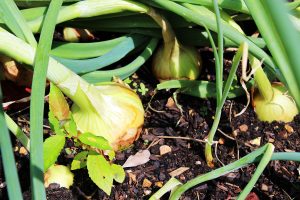
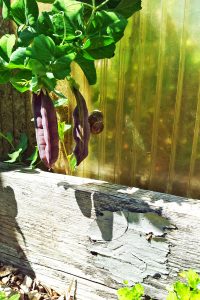
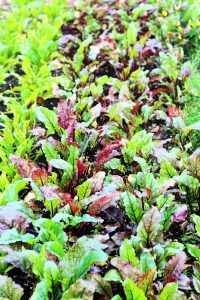
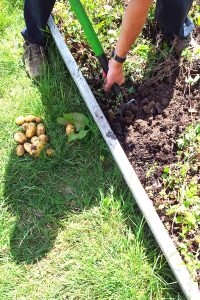
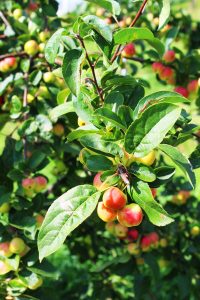
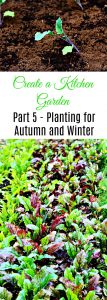
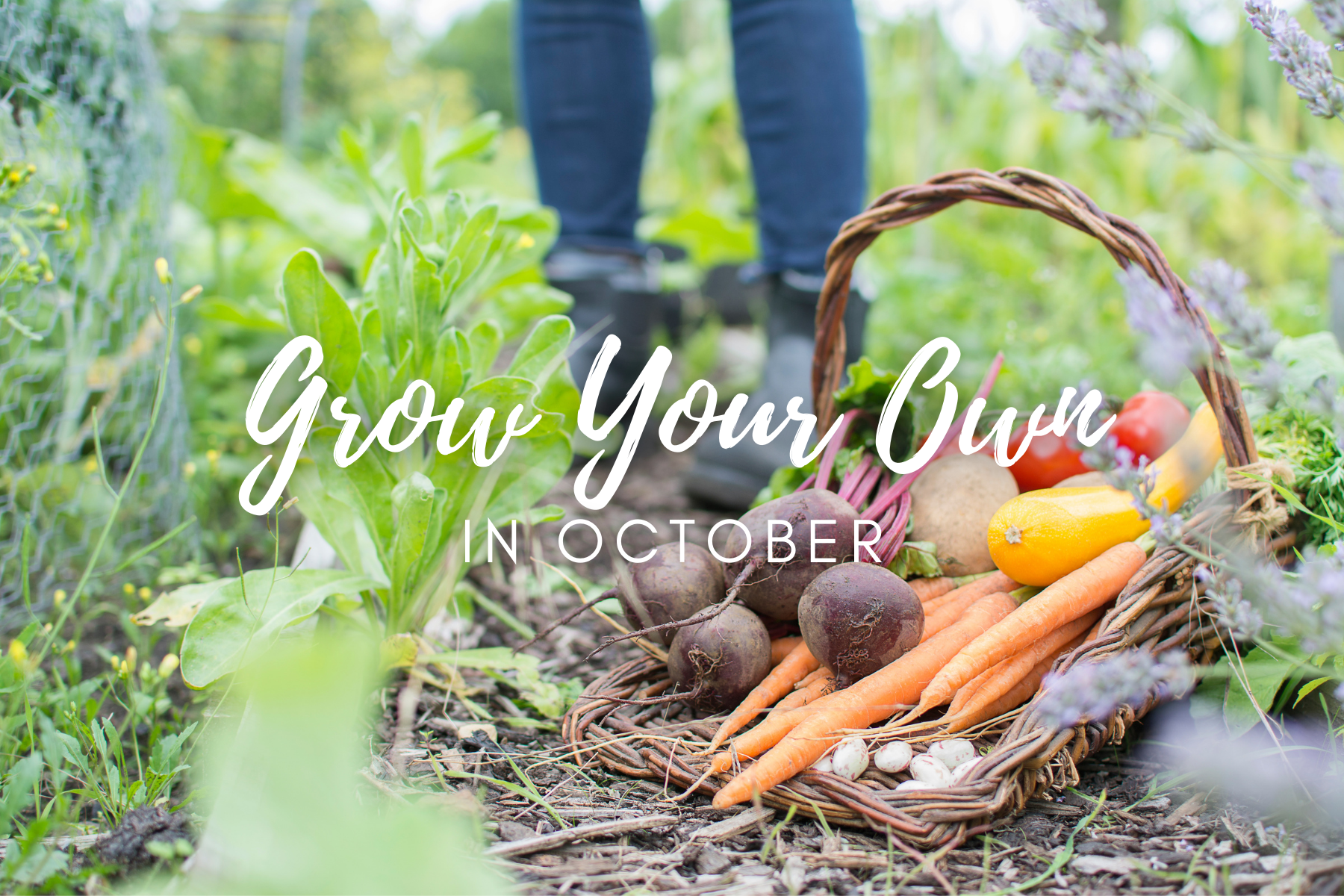
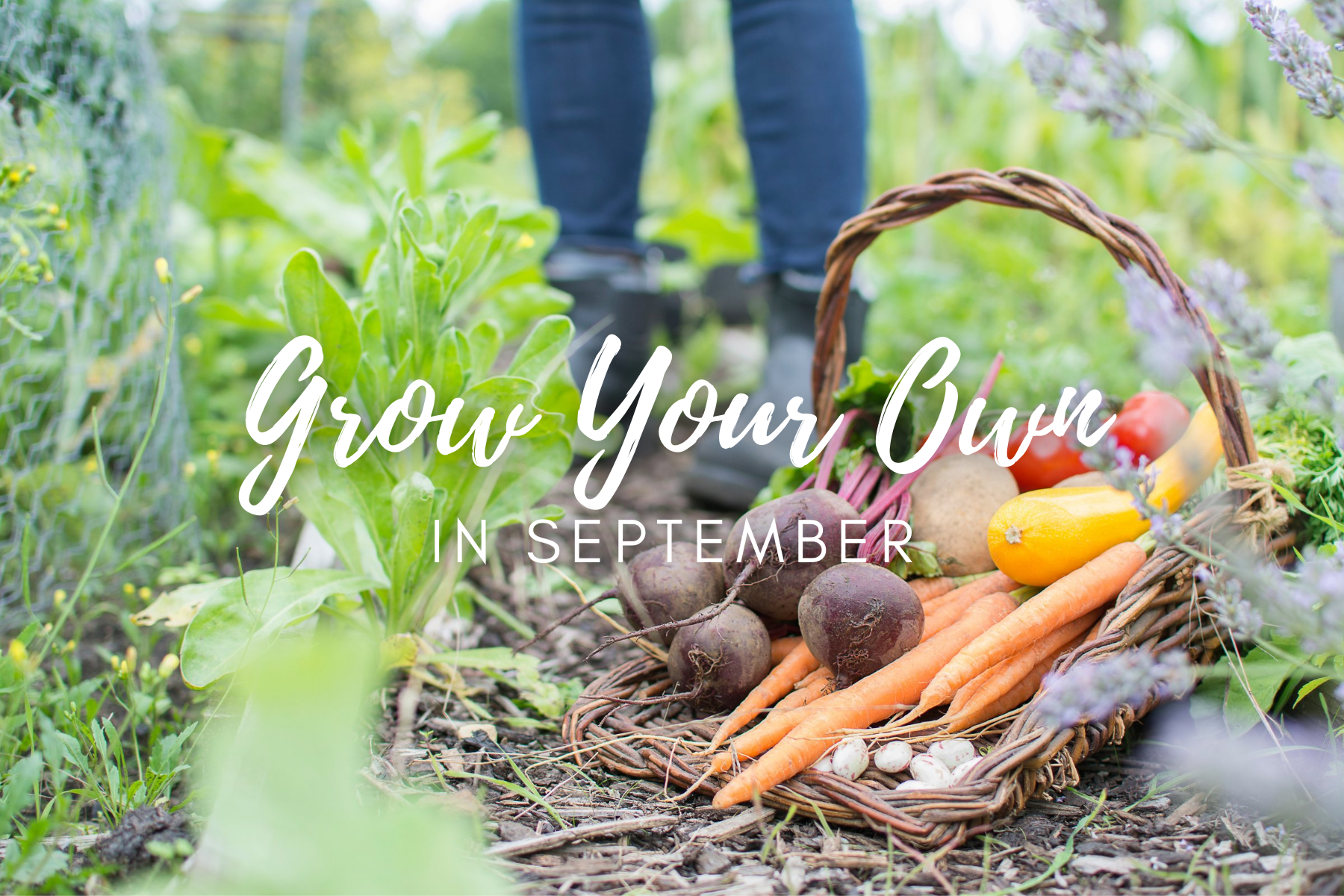
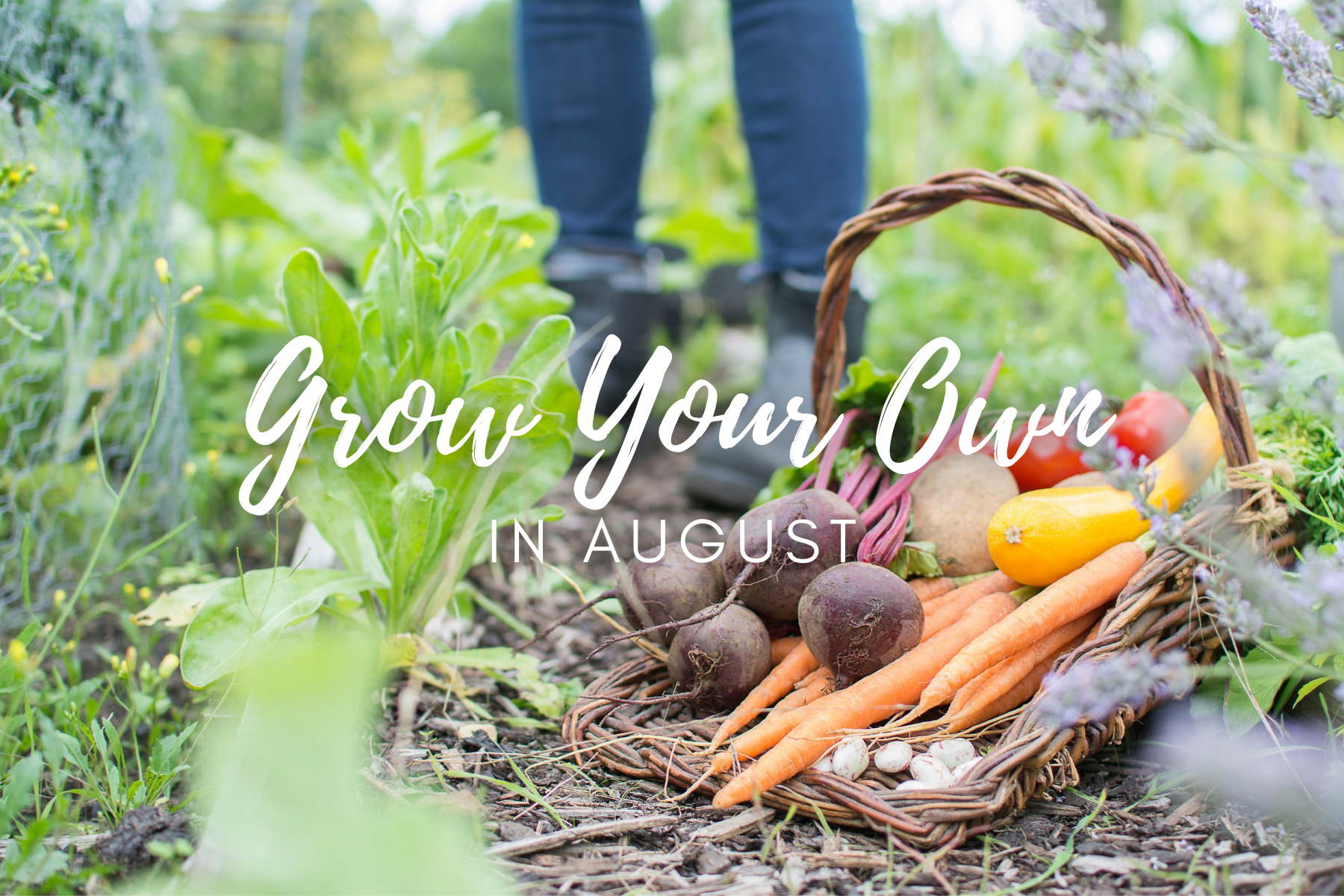
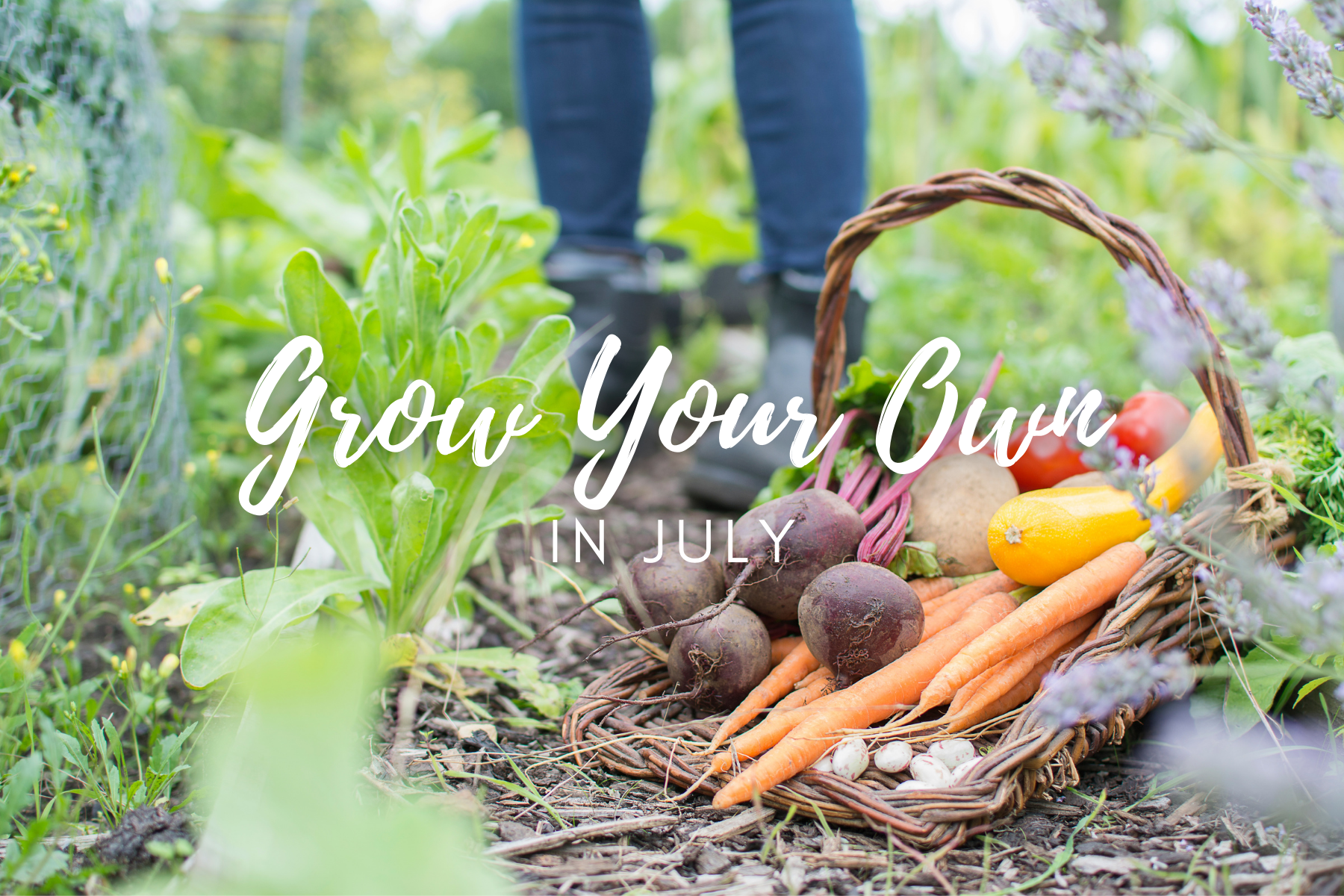
Katie Bryson says
This is super impressive and makes me miss our allotment! I used to especially love growing spinach as it was so quick to grow and gave such a good yield!
Emma Walton says
Sometimes too good a yield hahaha! I love spinach though so you can't ever have too much 🙂
Michelle @ Greedy Gourmet says
Wow, you grow quite a lot of items compared to the winter cabbage that we mustered years ago!
Emma Walton says
Would you believe our strawberries suddenly have a new lease of life too?! So it seems we are going to have winter veg AND summer fruits!!!
Emma Walton says
Newbie question - is garlic a crop we should rotate?! I'm sure you'll be up and running in no time. We've loved creating our patch from scratch